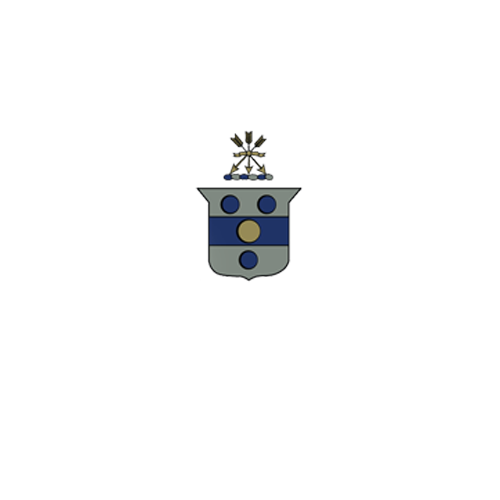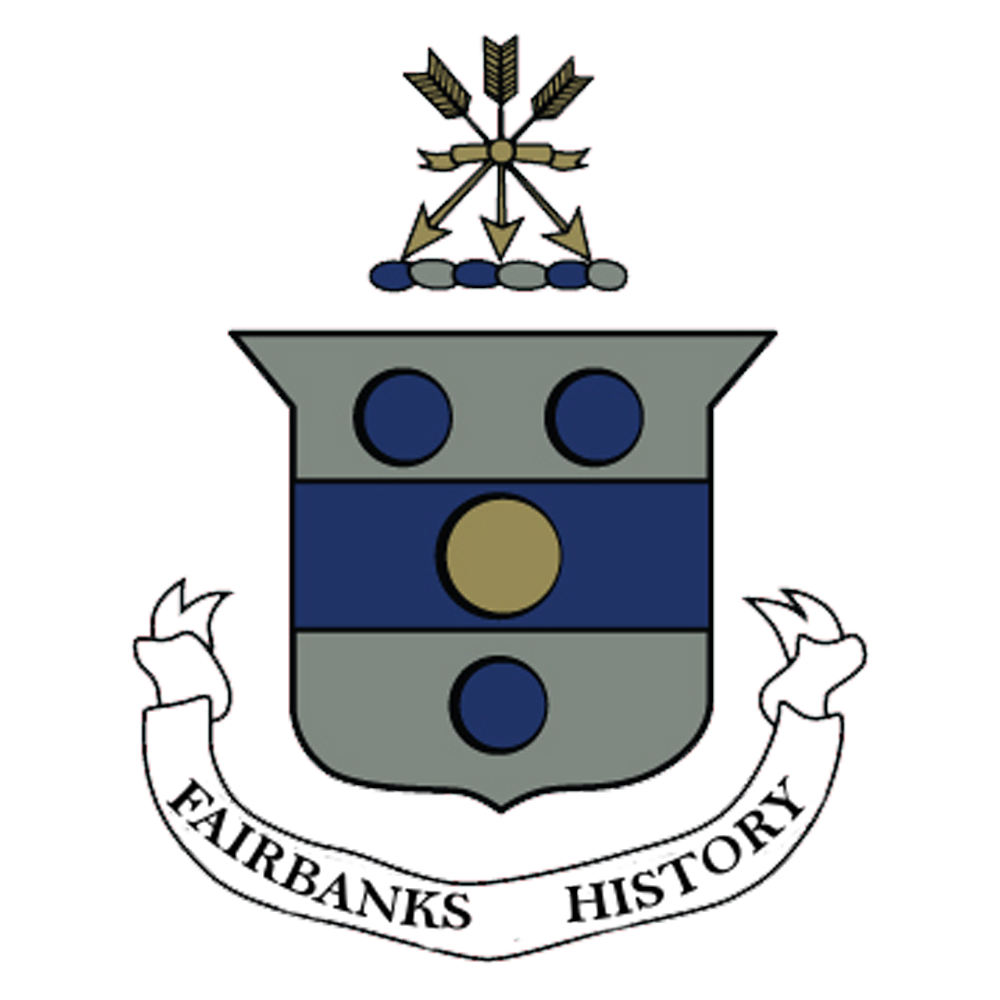St. John Church, Halifax, West Riding, Yorkshire England
Halifax Parish Church, The St John’s the Baptist Church, now known as
Halifax Minster
In the 17th Century, it was required that all marriages and baptisms in the Halifax Parish be
registered there.
Both Jonathan and Grace Fairbanks and John and Mary Prescott were married in the Halifax Parish of Yorkshire, England. During the early 1600’s, all weddings and baptisms had to be registered at the parish churches. John and Mary Prescott’s marriage is registered in both the Halifax Parish of Yorkshire and Standish Parish of Lancashire, which was the custom of the time..
See Fairbanks History blog: Fairbanks and Prescott 17th Century New England to see the wedding certificate of the Fairbanks or go to https://fairbankshouse.org/
A marriage was a civil contract. However, most couples posted banns (announcement of intention to marry) in the church and were married as a religious rite. We do not know the actual location or circumstance surrounding these families’ marriages. However, both couples lived only five miles from Halifax.
The Tower of St. John the Baptist Church, Halifax parish, Yorkshire, England
Let’s take a look at the Halifax parish church. The word Halifax means “Holy Hair.” Halifax was granted a parish church by the second Earl of Warren between 1106 and 1121. The church was built during the reign of Henry VI in 1438. The tower was added in 1450. Halifax was the third largest parish in England.
The designation of ‘Minster’ was given to the church in 2009 by the Church of England. It is now listed as a building of exceptional interest (Grade I). It can not be modified or destroyed.
Norman Chevron tile on North wall of church
The grand structure was built in the Gothic style. It was erected on the site of an Anglo-Norman church. The only wall still standing from the original church is the north wall of the present church. That was the south wall of the old Norman church. Six stones with distinctive carvings of Norman chevrons grace the north face revealing its heritage.
The Fairbanks and the Prescotts would have entered the church through the south entrance. This is marked #10 on the map.
Number 10 was the parishener’s entrance
South Entrance of the Church
To the right of the south entrance, there are waterspouts in shapes of gargoyles. One depicts a gibbet piper. The gibbet was a gallows. A bagpiper played at every beheading. The mournful tune carried for miles to let people know when there was an execution. The gargoyle on the church reminded the church goers of the
Eight Commandment, ‘Thou shall not steal.’
The Gibbet of Halifax
The gibbet Halifax was most frequently used to punish theft of woven woolen cloth that was left on tenter frames over night to stretch the cloth.
When you enter the sanctuary, you encounter the Norman stone font with a 15th century carved wooden cover. The font cover was colorful in the 1600’s with vivid greens, reds, and blues. The font itself dates back to the Normans in the 11th-century. It has the classic Norman chevron.
Looking through the palatial sanctuary, you see the pews. When the Fairbanks and Prescott families entered the Halifax Parish church, they would have seen pew boxes.
A family would have a plaque affixed to their box designating their ownership. The one below is from 1615, just two years before Jonathan and Grace Fairbanks were married.
In the distance you see stained glass windows. Some of the windows date to the early construction of the church. Fragments of Medieval glass have survived in the second story stained glass windows. Though faded, they have lasted through history.
The Fairbanks and Prescott’s left this church for an simple single room structure called a “meeting house” with benches and an unadorned alter to suit their Puritan beliefs.
Thanks to Shawnee Fairbanks Korff for sharing her pictures and information from the Minster, Halifax Parish, Yorkshire, England.
Coming Up:
A walk through the English paths of our forefathers.



















